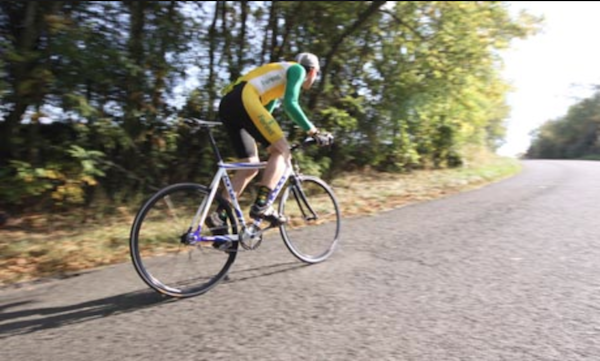All You Need to Know About Cassettes
 We previously discussed the pros and cons of three different types of cranks – standard, compact and triple (see his post here). Cranks are really only half the story though. The cassette you choose also has a huge impact on how your bike performs. Choose wrong and you might find yourself struggling to turn the pedals over on your local hill climb. In this post, I will tell you everything you need to know about gear ratios and cassettes and how to choose the right one for your ride.
We previously discussed the pros and cons of three different types of cranks – standard, compact and triple (see his post here). Cranks are really only half the story though. The cassette you choose also has a huge impact on how your bike performs. Choose wrong and you might find yourself struggling to turn the pedals over on your local hill climb. In this post, I will tell you everything you need to know about gear ratios and cassettes and how to choose the right one for your ride.
Gear Ratios and Mechanical Advantage
First, some background information to put this all in context. The reason we have different types of cranks and cassettes on our bikes is to allow for different gear ratios. A gear ratio is essentially a measurement of the mechanical advantage provided by your drivetrain. Mechanical advantage allows us to turn a relatively constant force (our legs) into either higher speeds (on the flats and going downhill) or less effort (going uphill). Each front chainring and rear cog gives you a different gear ratio. Big in the front, small in the back? Going for speed. Small front, big back? That’ll get you up your hill. Seems simple, right?
What Really Matters?
There are three important things you need to consider when pairing a cassette with your chosen crank: the lowest ratio, the highest ratio, and the spacing between ratios. The lowest ratio is your struggling-to-get-to-the-top-of-this-damn-mountain gear. Pick something that isn’t low enough, and you might be walking your bike up. Lower ratios are also friendlier to your knees on long climbs, and less fatiguing. Of the three considerations, the low ratio is the most important to get right.
The high ratio – your super-speed gear – is much less important unless you are racing. On big hills, you can simply tuck and coast at about the same speed as you would reach pedaling due to aerodynamics. On the flats, unless you find yourself regularly reaching 40+ mph, you aren’t going to need a higher gear than any standard setup will give you.
Compromises…
At this point you might be thinking, ‘Great, just give me a super low gear, nice normal high gear, and we are all set, right?’ Unfortunately, there are compromises, and they come in the form of the spacing between gear ratios. Since current bikes are limited to 10 or 11 cogs on the rear cassette, choosing a wider range is automatically going to give you larger jumps between each ratio. This gets very frustrating when you happen to be going a speed that falls perfectly between two gears – in the lower gear, you feel like your legs are spinning too fast, but in the higher one, you are struggling to turn the pedals at a normal rate.
So What’s Best For Me?
What you choose will depend on the kind of riding you do. Mostly flat? Pick a cassette with a narrow range, like a 12-23 (12 teeth on the smallest, 23 on the biggest). This will give you the most flexibility to find exactly the right gear, and will also shift the smoothest. Rolling hills, but nothing too steep or long? A medium range like 11-25 or 12-26 will make it a little easier on the ups without sacrificing a lot of gear choices. If you happen to live somewhere with proper hills (mountains, some might say), then you are going to need a serious low gear; 28, 30 or even 32. Some mountain bike cassettes will even get you a 35-tooth large cog. The downside to this choice will be having some bigger jumps in gears in between the 11 or 12 tooth high gear and your giant low gear.
There are a couple of ways of getting around this issue. You can use a triple crank, and pair it with a narrower range cassette. The extra small front chain ring (granny gear) lets you have a smaller big cog (narrower range) on the back and maintain the same gear ratio. If you aren’t a fan of the triple front crank, you might consider buying more than one cassette – a wide range one for the times when you expect to be riding big hills, and a medium or small range one for the rest of your riding.
Hopefully now you know everything you need to know to set up your drive train just right! Happy riding!